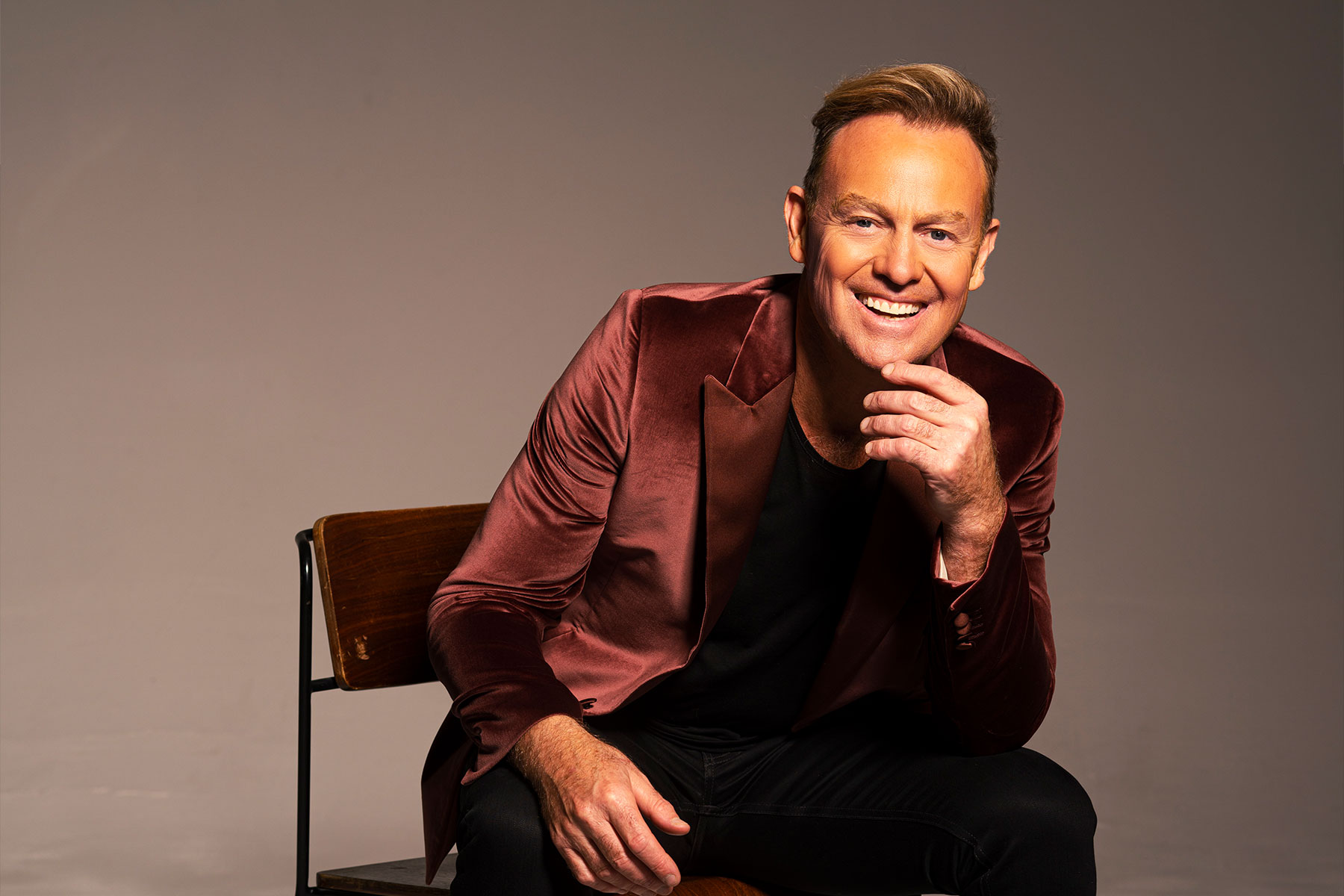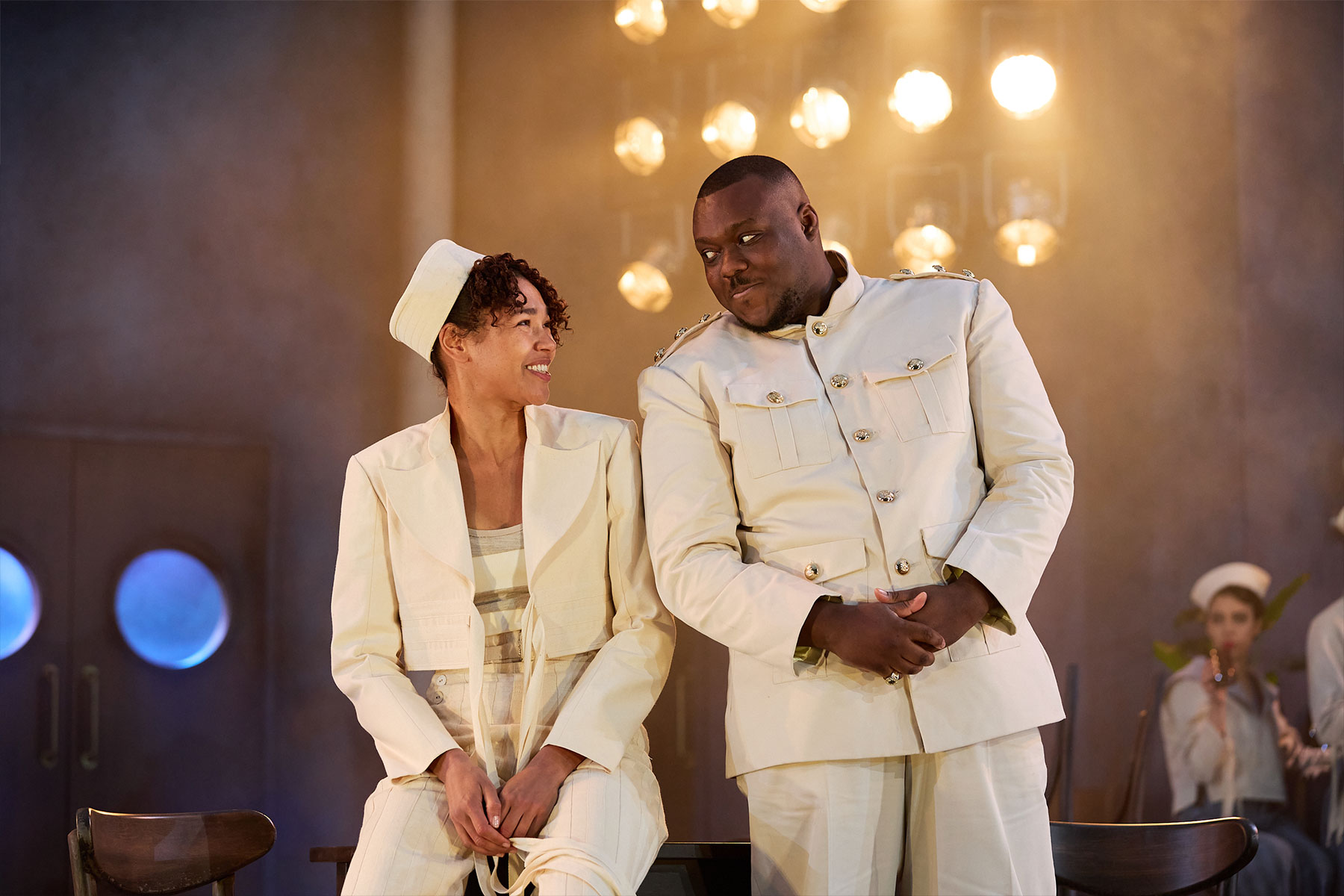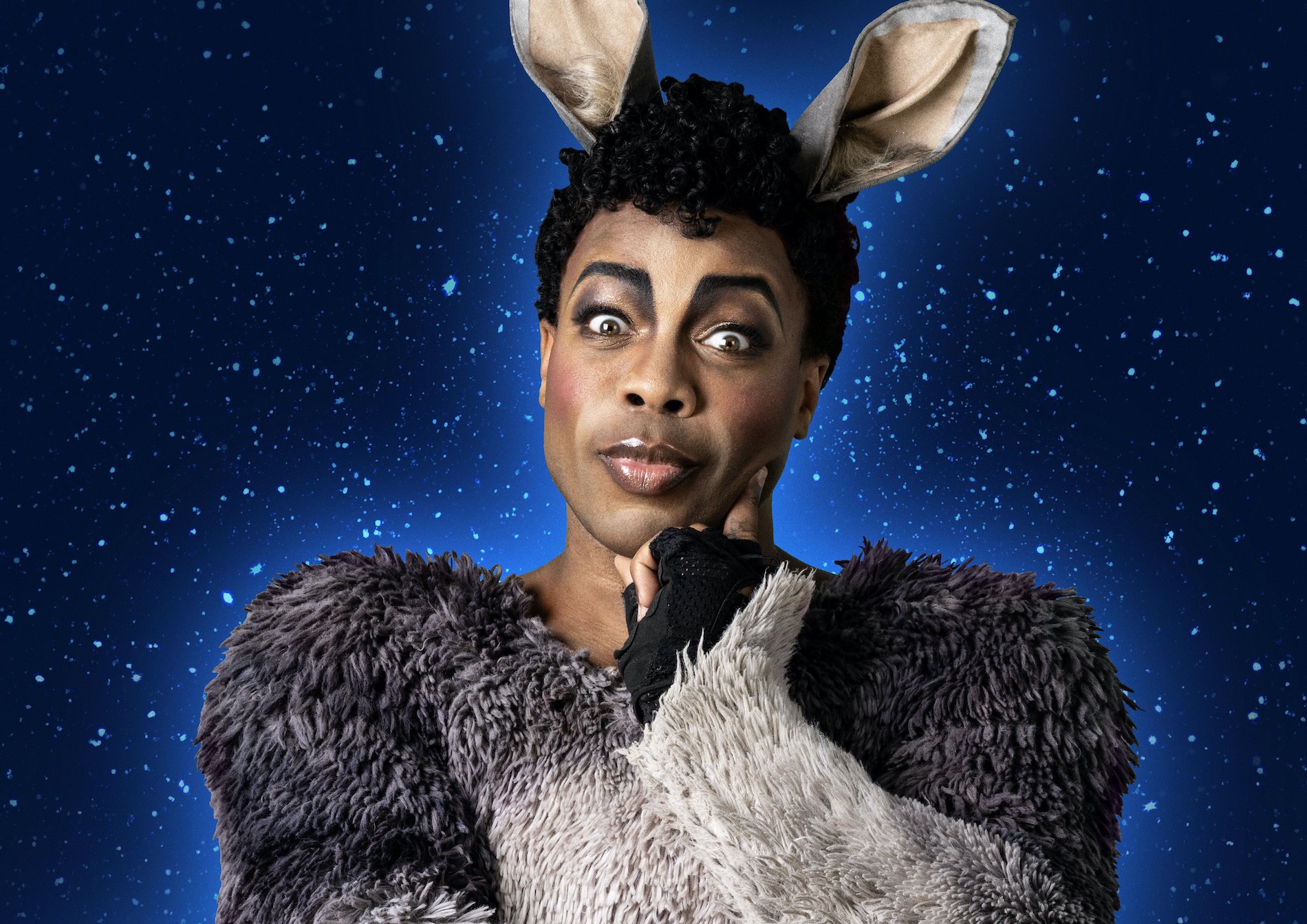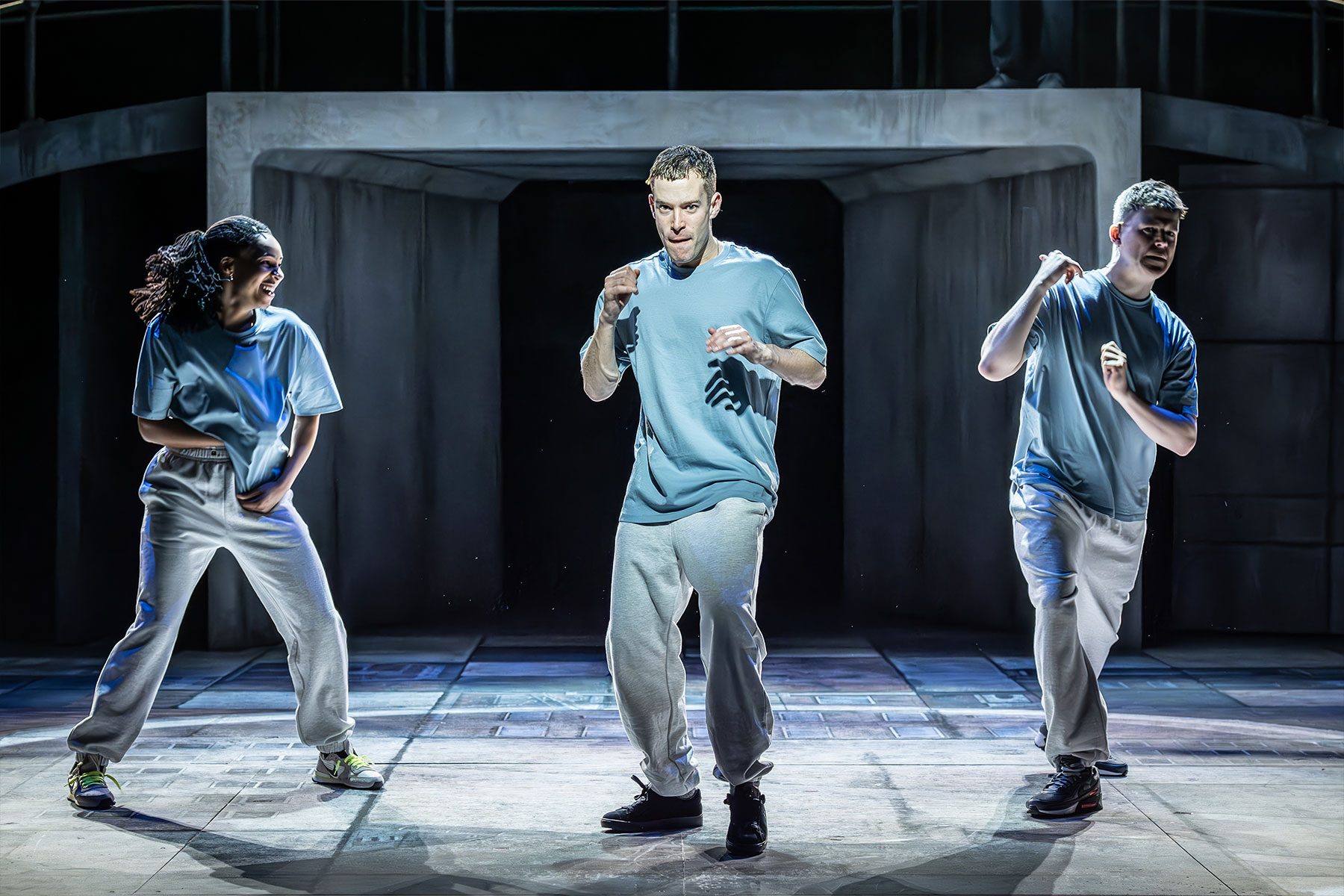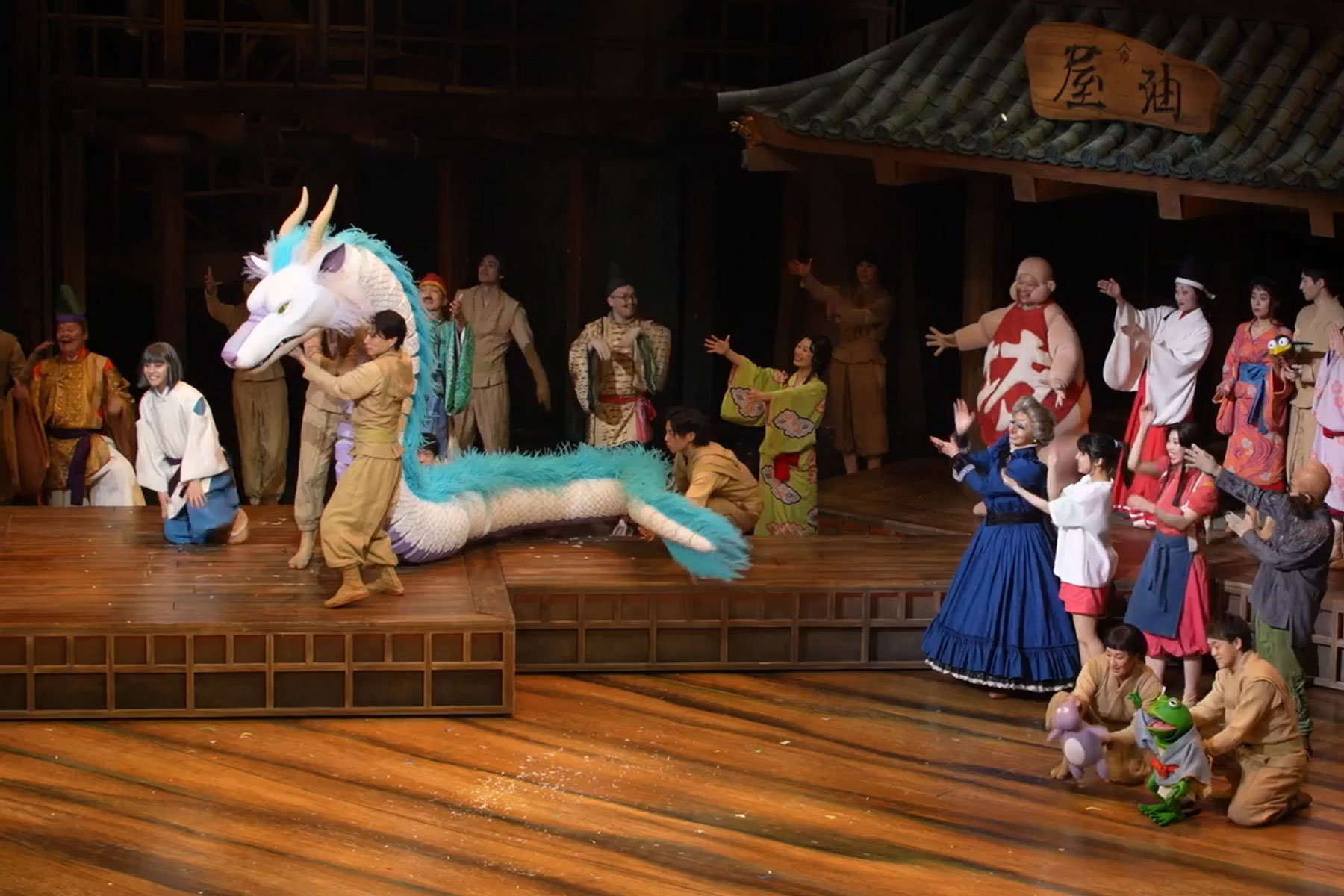Michael Coveney: From Bennett to Buffini – the ascension of the Queen on the London stage
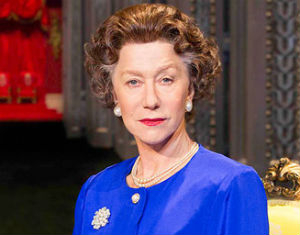
Looking at pictures of Prince William and Kate on tour in New Zealand this week reminds you of how much of what they do is role-playing, on either side of the footlights. One minute, there they are watching modern dance performed by men with tattooed bare bottoms; the next – "Owzat?!" – staging their own beach cricket match to promote a World Series down under coming up soon.
The discussion of Prince Charles’s precise role in life is a national pastime, now placed centre stage in Mike Bartlett‘s entertaining King Charles III at the Almeida Theatre. Tim Pigott-Smith has him down to a physical "T" and there’s a terrifying suggestion in the play that by refusing his royal assent to a parliamentary bill, something his mother would never do, our future king might precipitate a constitutional crisis and even a civil war.
The Queen herself doesn’t figure in King Charles III, partly because the play opens with her funeral, but more probably because she’s already engaged across town in Moira Buffini‘s Handbagged, doubly incarnated by Marion Bailey and Lucy Robinson.
Her Majesty never shirks her workload, as we well know, but her doppelganger never lets up, either. Having parachuted in to the opening ceremony in the Olympic Games, she spent half of the following year (courtesy of Helen Mirren) propping up Peter Morgan’s The Audience at the Gielgud.
The curious thing about this modern monarchy malarkey is how cooperative the Queen herself is, as if advised by a PR machine that, well Ma’am, showbiz is the way to go: play along and win all hearts. I’m still incredulous at the memory of her entertaining James Bond (Daniel Craig) in Buck House before the body double did the adventure stuff – while she sat in her royal box watching this happen – in exactly the same dress as the stuntman/lady!
It reminded me of the opening night of Terry Johnson‘s play Cleo, Camping, Emmanuelle and Dick at the National when Barbara Windsor sat cackling in the stalls at Samantha Spiro playing her, Babs, on the stage, authenticating her celebrity by sending it up.
But a right royal "sucking up" was the last thing on Sue Townsend‘s mind when she wrote The Queen and I back in 1994 for the inaugural production of Max Stafford-Clark‘s Out of Joint: the Queen and the rest of the royal family were despatched by a Labour government to a council estate in Leicester to find out how the other half lives. The monarch learned how to boil an egg and fasten her own bra straps, but had some difficulty filling in a benefits form.
Townsend, who died last week and is best remembered for her Adrian Mole novels, was a prolific dramatist in the 1980s, and a socially committed one, too. We all love the Queen now, but Townsend used her play to suggest she deserved, like King Lear, some severe lessons in social and civic responsibilities.
The first play in which the Queen figured as a real character, though, was in Alan Bennett‘s A Question of Attribution in 1988 at the National, just after the theatre was granted a "Royal" appellation, unwanted by Richard Eyre‘s directorate but sought by the board. The board wanted to pull the play, which they thought disrespectful, but Eyre said he would resign if they did.
This was a saga and an offstage cliff-hanger almost as exciting as Mike Bartlett’s play at the Almeida…The play went on, paired in a double-bill, Single Spies, with a stage version of Bennett’s Guy Burgess television play, An Englishman Abroad, and was a huge success, not least because of Prunella Scales' amazing, transformative performance as Her Maj.
The Queen discussed Poussin (well, she’d had chicken for lunch), her Titians and a fake Vermeer with her Surveyor of Pictures, Anthony Blunt (later, though not in this play, revealed to be a spy). She knew nothing about art history – it used to be "art appreciation" in her day — but she was still the wisest bird on the stage, as is, less convincingly, the Duchess of Cambridge in King Charles III.
And although the NT is still officially, on some headed notepaper somewhere, the Royal National Theatre, nobody calls it that any more. We’ve commandeered the royals as characters, granting them leave of absence as patrons.






